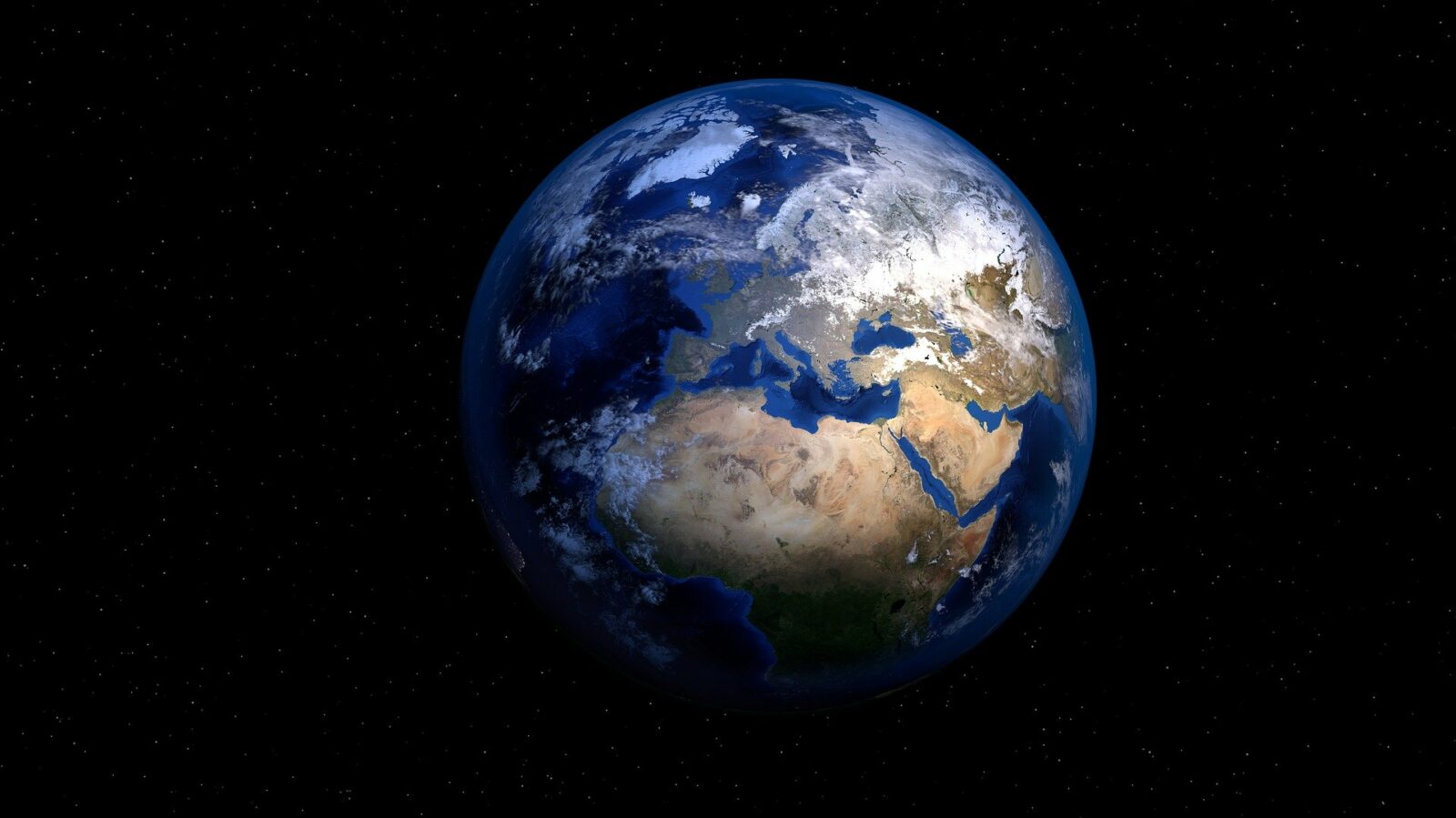Scientists at MIT have resurrected a notion from the recent past to potentially mitigate the consequences of global warming. We might merely float a high-tech bubble parasol above the Earth to provide some shade while we work on reducing our dependence on fossil fuels.
The idea of employing a massive space umbrella to obscure a minuscule percentage of sun energy was first floated in the later 1980s, but it’s not as crazy as it seems. If you look at past huge geo-engineering initiatives aimed at reflecting sunlight back out to space, this is a significantly less dangerous idea.
There is, however, one major problem with this idea: Even if it’s a viable one, the materials needed to make it work aren’t exactly readily available. They would need to be strong, light, and physically compatible.
A 2,000-km (1,200-mi) long glass sandwich produced using elements extracted from lunar rock was one of the first concepts. This structure would mirror a specific quantity of light predicted to reduce the gradual increase in heat if it were positioned in a correct equilibrium between both the gravity of the sun as well as the gravitational pull of the Earth. From hydrogen-filled metal balloons to something like a manufactured ring of particulate that would convert Earth into a tiny Saturn, a range of options have been suggested ever since.
MIT engineers are confident in the basic advantages of a solar screen and are pushing for a viability assessment on the deployment of a float of foamy puffs the magnitude of Brazil. Slight changes in bubble layer thickness allow it to reflect a wider range of solar radiation frequencies, boosting its overall effectiveness.
At a temp of -50 degrees Celsius, initial tests have revealed that it is feasible to pump thin-film bubbles under pressures of roughly 3 thousandths of an atmosphere. There is a clear chance of shifting global weather cycles, which necessitates extra caution when it relates to any form of solar shielding.













Leave a Reply